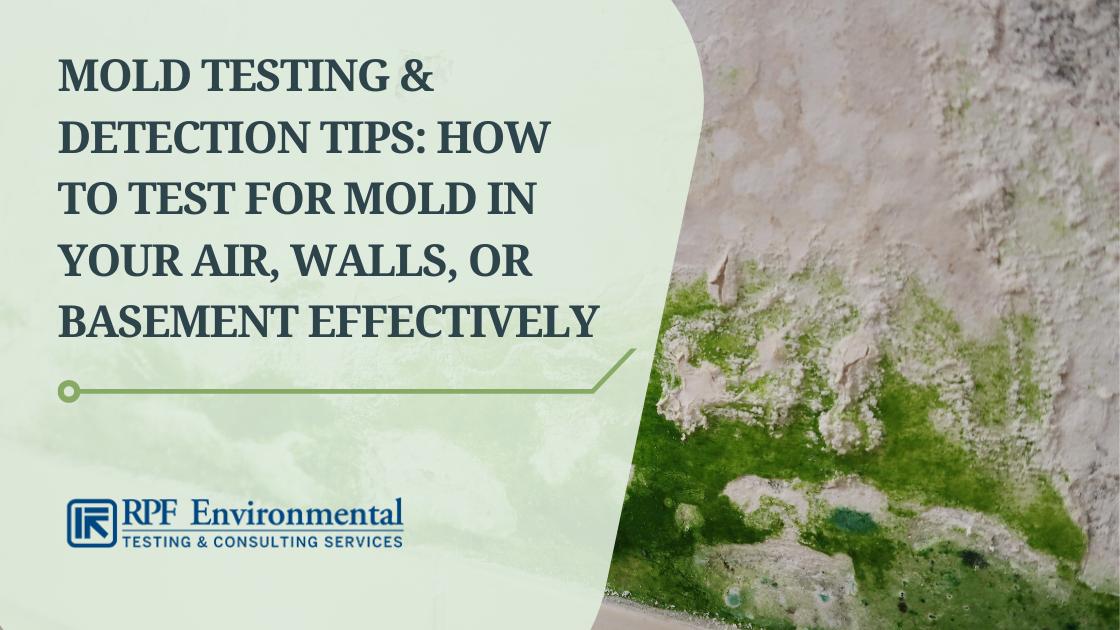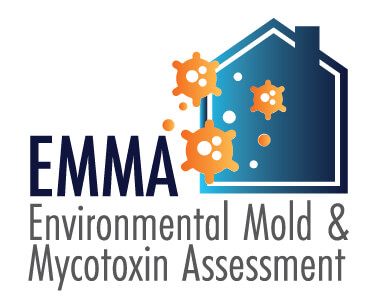Mycotoxin testing Services: Making certain Quality and Safety And Security in Your Supply Chain
Mycotoxin testing Services: Making certain Quality and Safety And Security in Your Supply Chain
Blog Article
Why Mycotoxin Screening Providers Are Crucial for Protecting Public Wellness
The significance of mycotoxin testing solutions in protecting public health and wellness can not be overemphasized. Mycotoxins, poisonous substances created by fungis, present major health and wellness dangers such as liver damages and cancer cells when existing in food and feed. By identifying and minimizing these risks via normal screening, we can stop infected products from getting to customers. This not only guarantees compliance with rigorous regulatory criteria but additionally strengthens customer confidence and keeps the honesty of the agricultural sector. Understanding the systems and benefits of these screening solutions opens a crucial conversation concerning their duty in public wellness defense.
Understanding Mycotoxins
Understanding mycotoxins is vital for making sure food safety and safeguarding public health. Mycotoxins are toxic substances created by certain kinds of fungis, commonly located in food and feed crops.
The existence of mycotoxins in foodstuffs can jeopardize their safety and security and top quality. They are immune to traditional food processing methods, consequently continuing in the food supply chain and posing prospective dangers. Regulatory bodies worldwide, such as the Food and Agriculture Organization (FAO) and the World Health Organization (WHO), have actually established rigid limits on appropriate levels of mycotoxins in food items to alleviate their unfavorable results.
Efficient mycotoxin monitoring involves comprehensive monitoring and screening to spot and measure their degrees in agricultural products. This positive method assists in determining infected sets early, therefore avoiding their introduction right into the market. Implementing strict mycotoxin controls is crucial for keeping food security criteria and protecting consumer health and wellness.
Health Risks of Mycotoxins

Exposure to mycotoxins presents significant health and wellness risks to both pets and humans, requiring watchful surveillance and control steps. These harmful second metabolites, created by particular fungi, can contaminate food and feed, bring about intense and persistent wellness issues. In humans, mycotoxins such as ochratoxins, aflatoxins, and fumonisins can create a range of unfavorable impacts, including liver damage, kidney poisoning, immune reductions, and also carcinogenic impacts. For circumstances, aflatoxins have been identified as Team 1 carcinogens by the International Company for Research on Cancer Cells (IARC), indicating a tried and tested web link to liver cancer cells.

Provided these serious wellness consequences, it is crucial to execute robust mycotoxin screening procedures. Precise detection and metrology of mycotoxins in food and feed are vital to mitigate health and wellness dangers and ensure public and animal safety.
Typical Sources of Contamination

In enhancement to grains, nuts such as peanuts, pistachios, and almonds are very prone to mycotoxin contamination. Aflatoxins, a potent form of mycotoxin, are frequently found in these nuts, especially when storage conditions are suboptimal. Dried fruits, including raisins, figs, and apricots, likewise present abundant premises for fungal growth as a result of their high sugar material and moisture-retaining buildings.
In addition, contamination is not restricted to raw agricultural products. Processed foods, pet feeds, and milk products can likewise contain mycotoxins if the first ingredients were contaminated. This expands the threat of exposure throughout the food supply chain, demanding strict surveillance and control steps.
Understanding the typical sources of mycotoxin contamination is important for implementing effective here preventative methods. Mitigating these threats at the resource can considerably reduce the occurrence of mycotoxin-related wellness issues, protecting public health.
Testing Methods and approaches
Effective mycotoxin management pivots on the precision and reliability of screening approaches and procedures. Advanced analytical strategies are employed to spot and evaluate mycotoxins in numerous substrates, ensuring public health safety and security. High-Performance Liquid Chromatography (HPLC) combined with mass spectrometry (MS) is a gold standard in mycotoxin screening, delivering high level of sensitivity and specificity. This technique enables the accurate detection of several mycotoxins in complex matrices, such as food and feed items.
Another widely made use of approach is Enzyme-Linked Immunosorbent Assay (ELISA), which uses quick screening and is affordable for big example volumes - Mycotoxin testing Services. ELISA kits are useful as a result of their simplicity of use and quick turn-around time, making them appropriate for on-site testing
Tasting methods are just as important. Proper tasting ensures that the news accumulated specimens are depictive of the whole batch, thus decreasing the risk of false downsides or positives. Adherence to established standards, such as those supplied by the International Organization for Standardization (ISO) and the European Committee for Standardization (CEN), is vital for preserving uniformity and integrity across testing techniques.
Extensive validation of these approaches and procedures is essential. It guarantees reproducibility and accuracy, consequently fortifying the integrity of mycotoxin administration systems.

Benefits of Routine Evaluating
In the world of food security and agricultural quality assurance, the benefits of routine mycotoxin testing can not be overstated. Constant testing makes sure that farming items fulfill security requirements, therefore safeguarding consumers from the harmful impacts of mycotoxins, that include liver damages, immune reductions, and also cancer cells. try this website By recognizing polluted sets early, regular testing enables for prompt treatment, protecting against such products from going into the food web.
In addition, regular mycotoxin testing is pivotal for preserving the integrity and credibility of food manufacturers and vendors. Firms that devote to routine testing show their devotion to public wellness and food safety, thus gaining consumer trust and commitment. This positive technique can also alleviate monetary losses related to product remembers, lawful obligations, and prospective profession limitations.
Routine mycotoxin testing guarantees adherence to worldwide and national standards, promoting smooth profession procedures and market accessibility. Ultimately, regular mycotoxin testing not only protects public wellness however also fortifies the economic stability and global competitiveness of the farming industry.
Conclusion
Mycotoxin testing solutions play a crucial duty in public health and wellness defense by determining and mitigating the risks presented by hazardous fungal substances in food and feed. By identifying contamination early, these solutions protect against serious health and wellness issues such as liver damages and cancer cells, making sure conformity with regulatory criteria. Routine testing improves customer depend on, supports the honesty of the agricultural sector, and ultimately adds to the safeguarding of food security and public wellness.
The importance of mycotoxin testing services in protecting public wellness can not be overemphasized.Understanding mycotoxins is vital for guaranteeing food security and safeguarding public health and wellness. Mycotoxin testing Services. Governing bodies worldwide, such as the Food and Agriculture Company (FAO) and the World Wellness Company (THAT), have established rigid limits on appropriate levels of mycotoxins in food items to mitigate their damaging results
Ultimately, regular mycotoxin screening not only shields public health yet additionally fortifies the financial security and global competition of the farming industry.
Mycotoxin screening services play a vital function in public health and wellness protection by identifying and alleviating the dangers positioned by hazardous fungal substances in food and feed.
Report this page